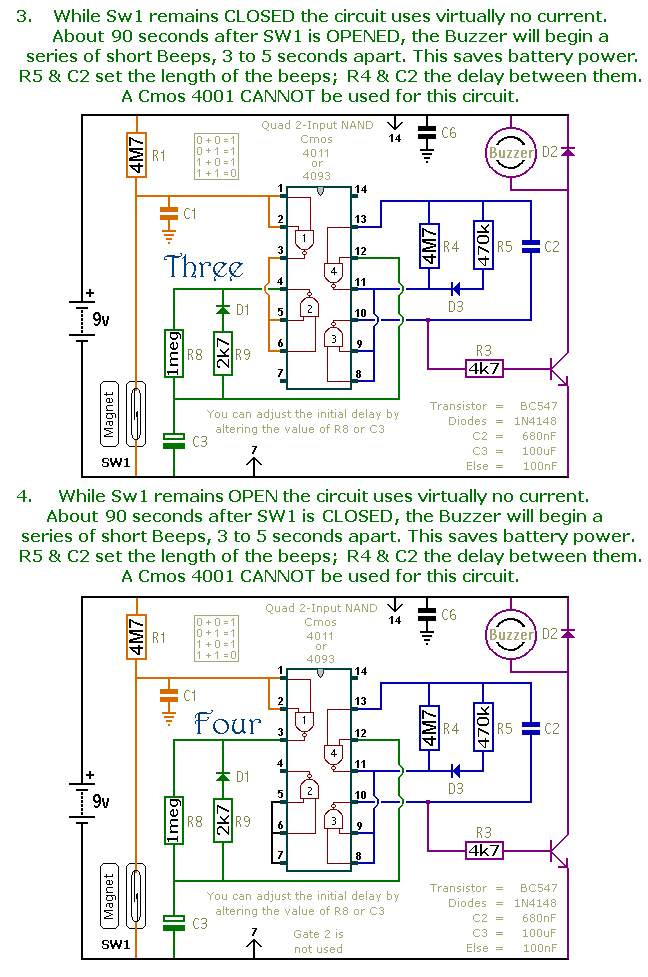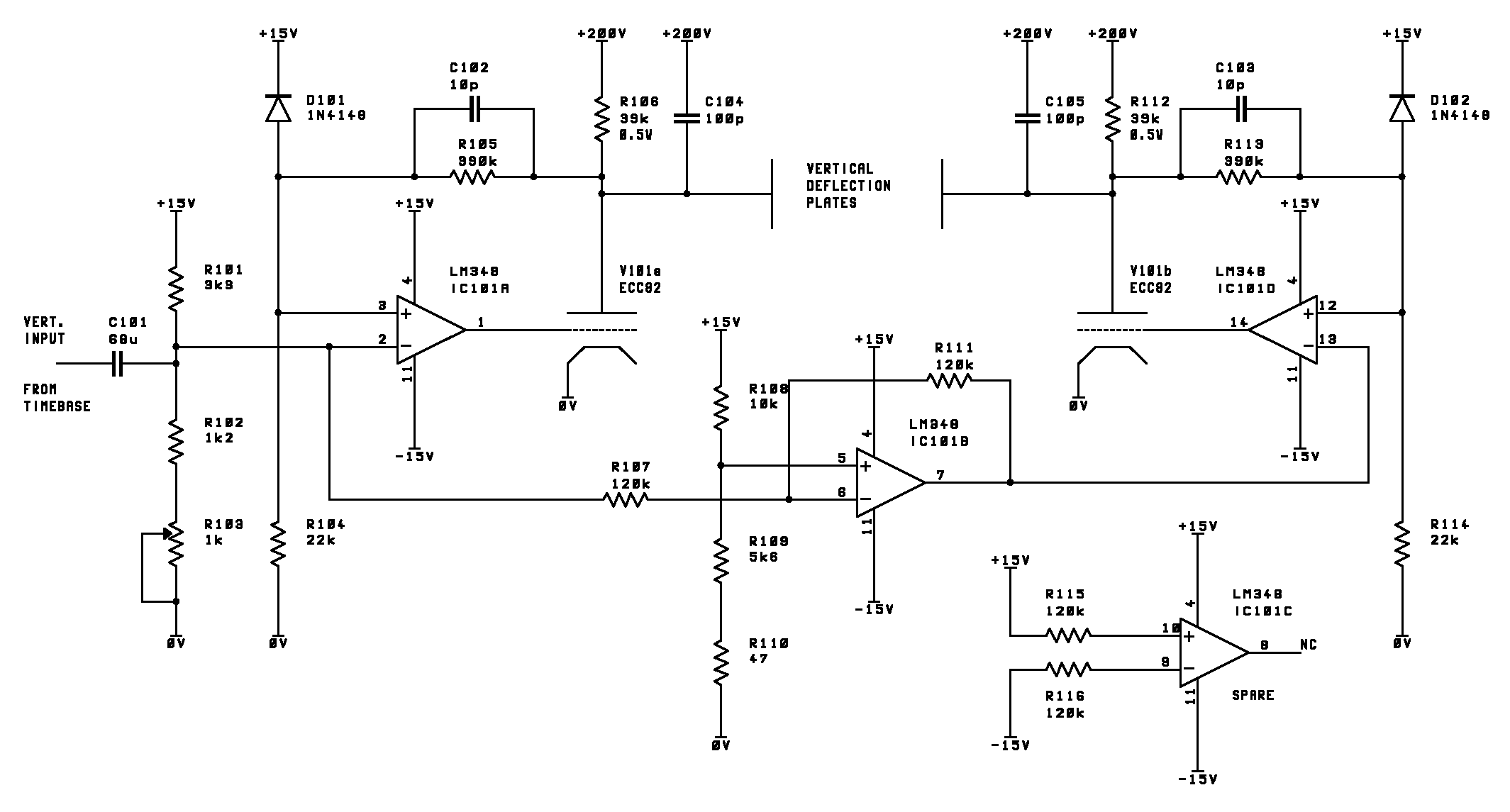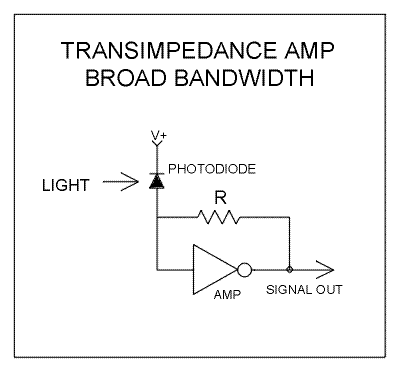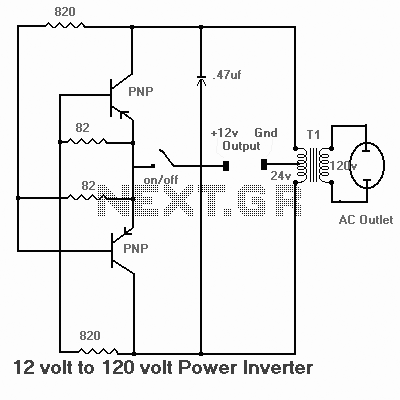
Crystals circuits
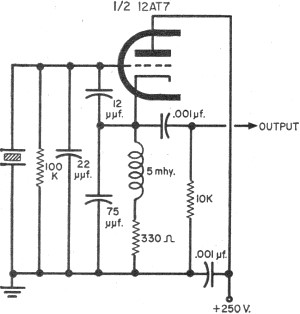
To update the fundamental oscillator circuits, simply replace the transistors with tubes. Alternatively, if one owns a vintage vacuum tube radio, it may be of interest to learn about historical practices. In general, the foundational principles of electronic circuits have remained consistent over the past century. The relevance of quartz crystals is significant, as they are utilized daily by various professionals such as amateur radio operators, airline pilots, police radio dispatchers, and broadcast-station announcers. Quartz crystals, which are thin, glass-like plates, are integral to nearly all commercial and amateur radio equipment, yet many users lack an understanding of their functionality. Key concepts to comprehend include resonance, damping, and piezoelectricity. Resonance refers to the frequency at which an object vibrates most efficiently, with every object possessing a unique resonant frequency, similar to how musical instruments operate. Damping indicates the reduction of an object's tendency to vibrate; for example, in a piano, the loud pedal reduces damping, allowing strings to vibrate freely, while the soft pedal increases damping. Piezoelectricity is a property of certain materials that generate a small voltage when mechanically stressed or deformed. In a standard oscillator circuit, activating the oscillator generates a voltage between the cathode and grid, inducing vibrations in the crystal at its resonant frequency. These vibrations produce an alternating voltage across the crystal terminals, which is amplified by the tube. The LC circuit is tuned to the crystal frequency, presenting high impedance in the tube's plate circuit, allowing part of the amplified voltage to feedback into the crystal, sustaining oscillation. An overtone oscillator can yield outputs up to 60 MHz with crystals designed for third-harmonic operation, requiring the LC circuit to be tuned to the output frequency. The piezoelectric crystal used in radio transmitters typically consists of a thin plate of Brazilian quartz measuring approximately 1.5 inches square, with contacts on either side secured by spring pressure or plated onto the quartz surface, connecting to base pins.
In examining the operation of a piezoelectric crystal, it is important to establish electrical contacts on its opposite sides. Given that the crystal possesses mass, it inherently has a resonant frequency. When mechanically disturbed, the crystal vibrates at this frequency. If the damping is minimal, the crystal will continue to oscillate at its resonant frequency for an extended duration. The piezoelectric nature of the crystal means that any mechanical deformation—whether stretching or squeezing—will generate a voltage across its surfaces. This characteristic allows the crystal to convert mechanical energy into electrical energy and vice versa.
In practical applications, the oscillator circuit's design involves careful tuning of the LC circuit to match the resonant frequency of the crystal, ensuring optimal performance. The feedback mechanism is crucial, as it allows for sustained oscillations by reintroducing a portion of the amplified output back into the crystal. This interplay between mechanical vibrations and electrical signals is fundamental to the operation of various radio technologies, where precise frequency control is essential. The integration of these principles into modern circuits continues to reflect the enduring relevance of foundational electronic concepts.All you need to do is substitute transistors for the tubes used in these fundamental oscillator circuits to bring this article`s content up to date. Or, maybe you are the owner of a vintage vacuum tube radio and would like to learn a little about how things were done in the olden days.
Either way, as with so many aspects of electronic circuits, the basics haven`t changed much in the last 100 years. It`s all still good. An amateur radio operator, an airline pilot, a police radio dispatcher, a broadcast-station announcer. sound like a hodge-podge of job holders Maybe so, but they have at least one thing in common. All make daily use of the peculiar properties of quartz crystals - thin, glass-like plates that keep the world in tune.
Crystals are found in almost all commercial and ham radio equipment, but few of their users know how they work. Before we examine the details of crystal operation, let`s take time out to define our terms. There are three important words involved: resonance, damping, and piezoelectricity. Resonance means the frequency at which an object will vibrate most easily. Every object has a resonant frequency. Musical instruments - the piano, for instance - are based on this principle. When you strike a key, a hammer hits the piano string, which then vibrates at its resonant note. Damping means the suppression of an object`s tendency to vibrate, The more highly damped an object is, the less readily it will vibrate.
In the piano, for example, stepping on the loud pedal removes the damping from the strings. Stepping on the soft pedal damps the vibrations even more than usual. Finally, piezoelectricity is a property shared by several substances. It means that the substance generates a small voltage across its opposite sides if it is stretched or squeezed. In addition, applying a voltage to opposite sides of a piezoelectric material will deform the substance as long as the voltage is present.
Fig. 1. In a typical oscillator circuit, turning the oscillator on develops a voltage between its cathode and grid, and this voltage shocks the crystal into vibration at its resonant frequency. The vibration in turn develops an alternating voltage across the crystal terminals, which is amplified by the tube.
The LC circuit is tuned near the crystal frequency and presents a high impedance in the tube`s plate circuit. Consequently, a portion of the amplified voltage is fed back to the crystal and maintains oscillation.
Fig. 4. Overtone oscillator will provide output up to 60 mc. with crystals ground for third-harmonic operation. LC circuit must be tuned to output frequency. Structurally. the piezoelectric crystal used in radio transmitters consists of a thin plate of Brazilian quartz about 1 1/2" square. There is a contact on either side, and the entire unit is enclosed in a container for protection. The contacts are held in position against the crystal by spring pressure, or, sometimes, they are plated onto the surface of the quartz.
Each contact is then connected to one of the base pins. How a Crystal Works. Let`s assume that we have a crystal of some piezoelectric substance, and a means of making electrical contact to its opposite sides. Since the crystal has mass, it will have a resonant frequency. If it`s jarred - mechanically excited - it will vibrate at that frequency. And if the crystal`s damping is light, it will continue to vibrate at its resonant frequency for some time.
But remember that our crystal is piezoelectric. By definition, this means that it will develop a voltage across its opposite sides whenever it`s stretched or squeezed. The electrical contac 🔗 External reference
In examining the operation of a piezoelectric crystal, it is important to establish electrical contacts on its opposite sides. Given that the crystal possesses mass, it inherently has a resonant frequency. When mechanically disturbed, the crystal vibrates at this frequency. If the damping is minimal, the crystal will continue to oscillate at its resonant frequency for an extended duration. The piezoelectric nature of the crystal means that any mechanical deformation—whether stretching or squeezing—will generate a voltage across its surfaces. This characteristic allows the crystal to convert mechanical energy into electrical energy and vice versa.
In practical applications, the oscillator circuit's design involves careful tuning of the LC circuit to match the resonant frequency of the crystal, ensuring optimal performance. The feedback mechanism is crucial, as it allows for sustained oscillations by reintroducing a portion of the amplified output back into the crystal. This interplay between mechanical vibrations and electrical signals is fundamental to the operation of various radio technologies, where precise frequency control is essential. The integration of these principles into modern circuits continues to reflect the enduring relevance of foundational electronic concepts.All you need to do is substitute transistors for the tubes used in these fundamental oscillator circuits to bring this article`s content up to date. Or, maybe you are the owner of a vintage vacuum tube radio and would like to learn a little about how things were done in the olden days.
Either way, as with so many aspects of electronic circuits, the basics haven`t changed much in the last 100 years. It`s all still good. An amateur radio operator, an airline pilot, a police radio dispatcher, a broadcast-station announcer. sound like a hodge-podge of job holders Maybe so, but they have at least one thing in common. All make daily use of the peculiar properties of quartz crystals - thin, glass-like plates that keep the world in tune.
Crystals are found in almost all commercial and ham radio equipment, but few of their users know how they work. Before we examine the details of crystal operation, let`s take time out to define our terms. There are three important words involved: resonance, damping, and piezoelectricity. Resonance means the frequency at which an object will vibrate most easily. Every object has a resonant frequency. Musical instruments - the piano, for instance - are based on this principle. When you strike a key, a hammer hits the piano string, which then vibrates at its resonant note. Damping means the suppression of an object`s tendency to vibrate, The more highly damped an object is, the less readily it will vibrate.
In the piano, for example, stepping on the loud pedal removes the damping from the strings. Stepping on the soft pedal damps the vibrations even more than usual. Finally, piezoelectricity is a property shared by several substances. It means that the substance generates a small voltage across its opposite sides if it is stretched or squeezed. In addition, applying a voltage to opposite sides of a piezoelectric material will deform the substance as long as the voltage is present.
Fig. 1. In a typical oscillator circuit, turning the oscillator on develops a voltage between its cathode and grid, and this voltage shocks the crystal into vibration at its resonant frequency. The vibration in turn develops an alternating voltage across the crystal terminals, which is amplified by the tube.
The LC circuit is tuned near the crystal frequency and presents a high impedance in the tube`s plate circuit. Consequently, a portion of the amplified voltage is fed back to the crystal and maintains oscillation.
Fig. 4. Overtone oscillator will provide output up to 60 mc. with crystals ground for third-harmonic operation. LC circuit must be tuned to output frequency. Structurally. the piezoelectric crystal used in radio transmitters consists of a thin plate of Brazilian quartz about 1 1/2" square. There is a contact on either side, and the entire unit is enclosed in a container for protection. The contacts are held in position against the crystal by spring pressure, or, sometimes, they are plated onto the surface of the quartz.
Each contact is then connected to one of the base pins. How a Crystal Works. Let`s assume that we have a crystal of some piezoelectric substance, and a means of making electrical contact to its opposite sides. Since the crystal has mass, it will have a resonant frequency. If it`s jarred - mechanically excited - it will vibrate at that frequency. And if the crystal`s damping is light, it will continue to vibrate at its resonant frequency for some time.
But remember that our crystal is piezoelectric. By definition, this means that it will develop a voltage across its opposite sides whenever it`s stretched or squeezed. The electrical contac 🔗 External reference
